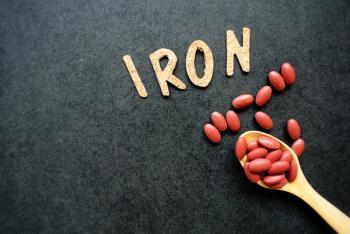
Opinion: Obesity in pregnancy really is a weighty issue
It's time to challenge our patients to achieve their ideal body weight in the preconceptional period, encourage them to exercise regularly, and to take a more restrained approach to maternal weight gain if they are obese. Of course it helps if the counselor heeds his or her own advice!
In the past 2 months we have had two patients deliver at Yale-New Haven Hospital with BMI's over 80 kg/m2 ! Not surprisingly they each had numerous postoperative wound complications. Indeed, pregnant, obese patients present a great variety of challenges, including, but certainly not limited to:
1. Increased risk of spontaneous abortion.2
3. Increased risk of fetal neural tube defects (OR, 1.87; 95% CI, 1.62–2.15), spina bifida (OR, 2.24; 95% CI, 1.86–2.69), cardiovascular anomalies (OR, 1.30; 95% CI, 1.12–1.51), septal anomalies (OR, 1.20; 95% CI, 1.09–1.31), cleft palate (OR, 1.23; 95% CI, 1.03–1.47), cleft lip and palate (OR, 1.20; 95% CI, 1.03–1.40), anorectal atresia (OR, 1.48; 95% CI, 1.12-1.97), hydrocephaly (OR, 1.68; 95% CI, 1.19–2.36), and limb reduction anomalies (OR, 1.34; 95% CI, 1.03–1.73),4 all compounding the detection problem.
4. Increased risk of gestational hypertension and preeclampsia.5
5. Increased risk of gestational diabetes and fetal macrosomia.5
6. Increased risk of cesarean delivery when compared with a BMI of less than 30. In this same study, the cesarean delivery rate was 20.7% for women with a BMI of 29.9 or less, 33.8% for women with a BMI of 30–34.9, and 47.4% for women with a BMI of 35–39.9.5 Not only are obese women at higher risk of cesarean delivery, but also they are at risk for a plethora of complications from the procedure including an increased incidence of hemorrhage, wound infection, endometritis, and anesthesia complications.
It is clear to me that obese women would benefit most from a multidisciplinary approach to treatment. Potential members of the care team may include:
Newsletter
Get the latest clinical updates, case studies, and expert commentary in obstetric and gynecologic care. Sign up now to stay informed.










